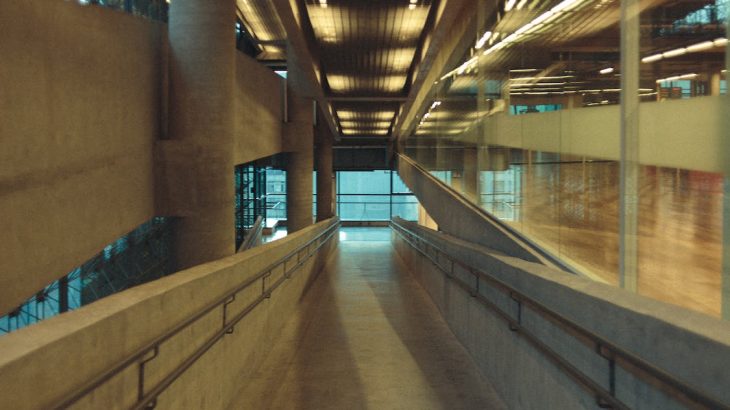Round up on the Special Types of Concrete
Traditional concrete is a construction material obtained by mixing aggregates, water, binders, and sometimes additives. Research on this material has led to the development of special concretes due to the materials used or the particularity of their implementation.
Fiber-reinforced concrete
Fiber-reinforced concrete comprises fibers added to the concrete in small quantities (2% maximum).
The fibers can be metallic, organic, or mineral and exist in various forms and diameters.
These fibers improve the strength of concrete by increasing its tensile strength and compressive strength and limiting the shrinkage of fresh concrete.
This type of concrete has a strength of between 30 MPa and 50 MPa (MPa is the unit of measurement for megapascal).
High and ultra-high-performance fiber-reinforced concrete

High-performance fiber-reinforced concrete and ultra-high-performance concrete offer particularly high tensile and compressive strengths, thanks to the presence of metal or glass fibers.
The quantity of fibers is between 2 and 3% of the volume.
These kinds of concrete reach strengths between 130 and 250 MPa (MPa is the unit of measurement for megapascal). This strength is also related to the presence of admixtures and their cementitious matrix.
In some cases, it is possible to do without conventional reinforcement (creating decorative openwork walls).
Note: in terms of price, each plant applies a different price according to the characteristics of its formulation.
Ready-to-use concrete
Ready-mixed concrete is delivered directly to the construction site with no volume limitations.
This type of concrete is recommended for its speed of implementation or because of technical constraints (lack of space).
In addition, the use of ready-mixed concrete limits the number of workers required for its implementation.
Finally, ready-mixed concrete is subject to quality control to ensure consistent and standardized quality.
Note: in terms of price, it depends on the volume and the formulation of the concrete to be delivered (with or without admixtures, etc.).
Heavy concrete
Heavy concrete has a particular granular composition. Indeed, the aggregates have a very high density which can reach 3 000 kg/m³.
Heavy concrete is used for structures subject to radiation, such as nuclear power plants.
Note: the grain size of this concrete makes it difficult to place.
Light concretes
Lightweight concretes are used for their lightness and excellent thermal insulation.
These kinds of concrete are used for works such as floors, non-load-bearing walls, paving, etc.
A distinction is made between light cellular concretes based on cement, sand, and cellular foam, known for their insulating capacity, and light permeable concretes, characterized by air bubbles.
Finally, lightweight aggregate concrete offers excellent insulating capacities and resistance to impacts. Lightweight concrete is recommended for renovation work.
Self-compacting concrete
Self-compacting concrete is characterized by its superior workability compared to traditional concrete.
Moreover, this type of concrete does not need to be vibrated because of its granular composition and the addition of super-plasticizers.
Its use reduces the delivery time of the building sites while reducing the laboriousness of the work for the workers and the nuisances for the residents.
Colored concrete
Colored concrete is a classic concrete, with colorants added during its implementation.
This concrete is said to be “colored in the mass” and responds to the increasing aesthetic expectations of architects.
Resin concrete
Resin concrete is characterized by the replacement of cement as a binder with an epoxy-type resin.
That’s it on the different types of special concrete. Hope this post has provided you with the information you were looking for. Remember to jot down a few words in the comments below.
Read more:
- What Are the Problems With Concrete Facades;
- How Do You Spray Concrete With a Concrete Mixer;
- Is Concrete Good for Bathrooms?



















